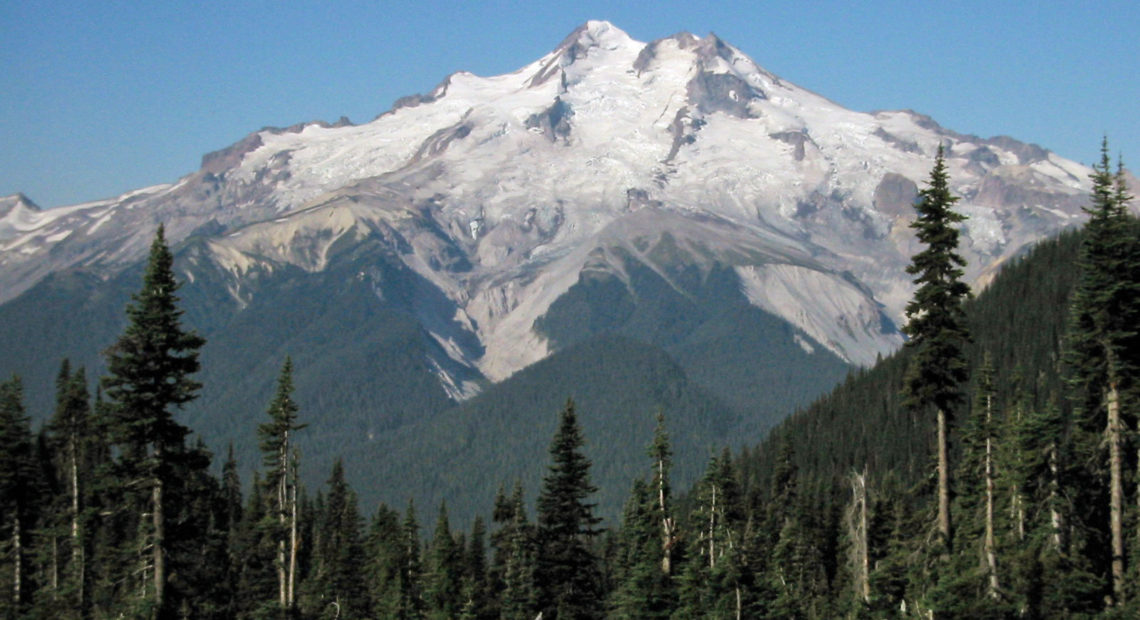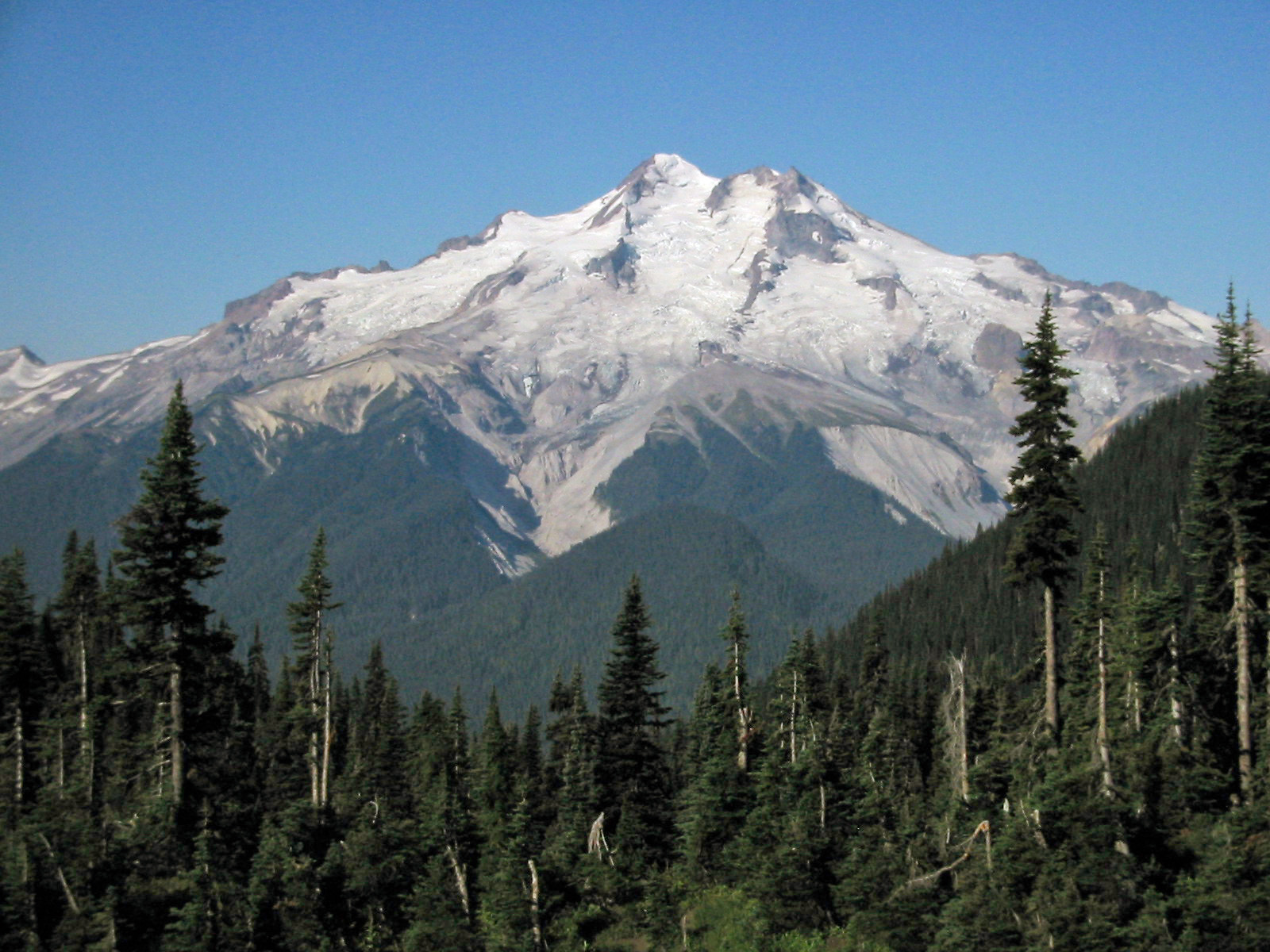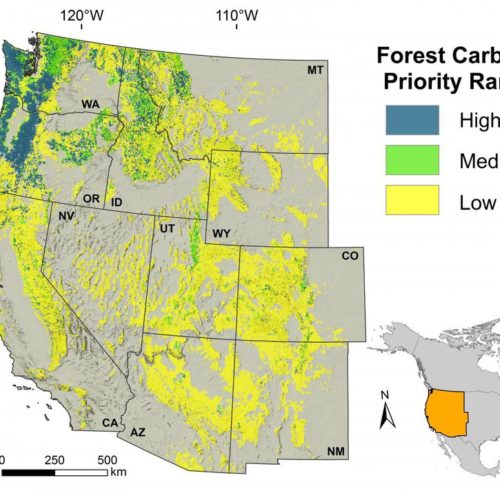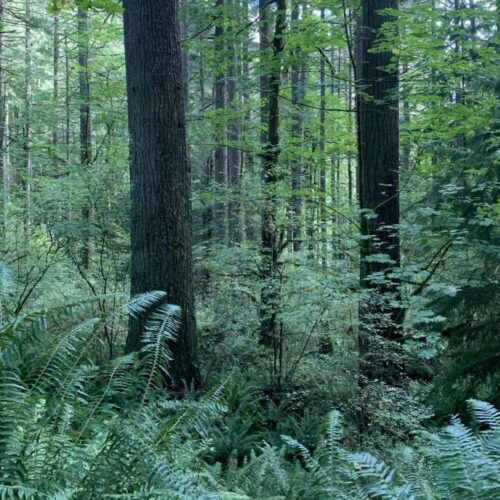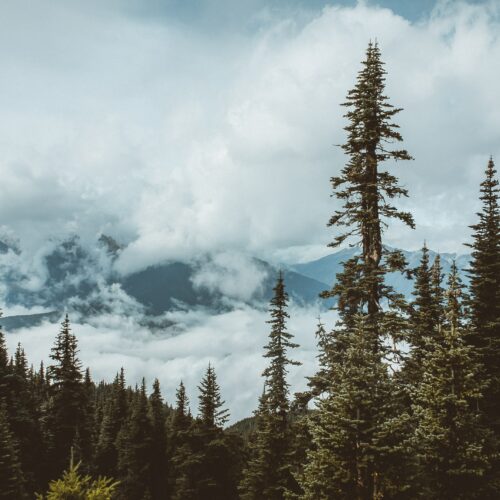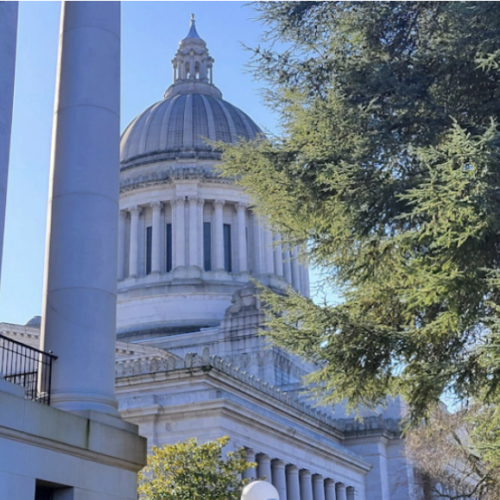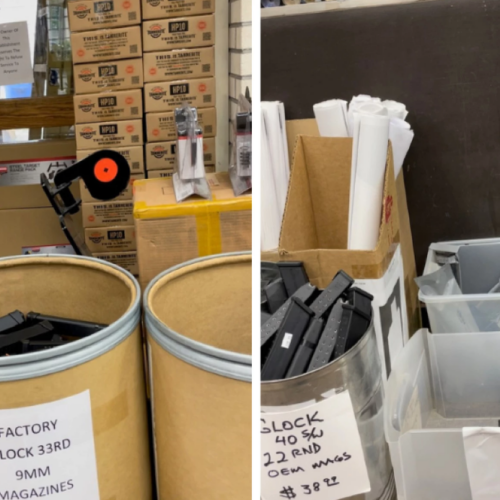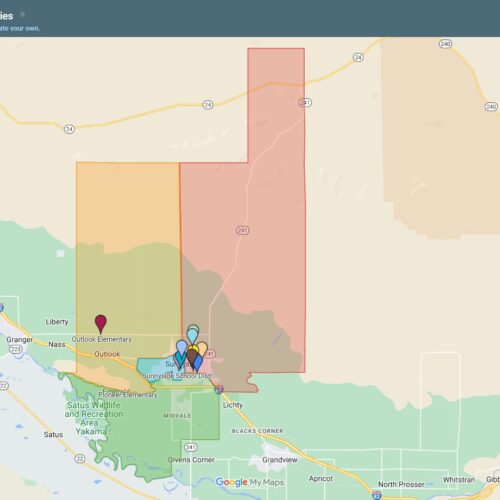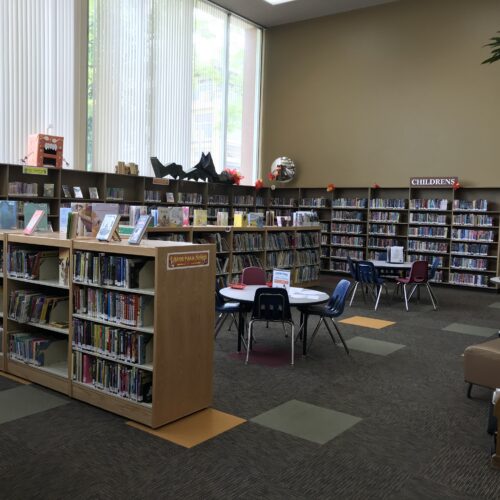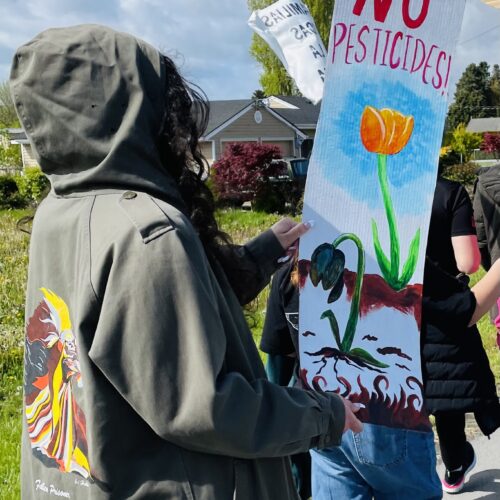BY JES BURNS / OPB
The U.S. House of Representatives passed legislation Tuesday that will provide greater protections to many of the Northwest’s natural wonders — including Washington’s Methow Valley; the Devil’s Staircase in the Oregon Coast Range; and the Rogue, Chetco and Umpqua river watersheds in southwestern Oregon.
The Natural Resource Management Act easily cleared the House on a vote of 363-62. All five Oregon House members voted “yes.” It now goes to President Trump for his signature, having already passed the Senate.
READ THE BILL’S TEXT: 2019 Natural Resource Management Act
Many of these protections have been kicking around Congress for more than a decade. Rep. Kurt Schrader, D-Ore., said on the House floor his effort to protect the Molalla River has been ongoing for 12 years.
“This legislation would designate over 21 miles of the Molalla River as wild and scenic, a federal designation that will permanently ensure its protection and preservation as one of Oregon’s many natural state treasures,” he said during a floor speech.
The massive Natural Resource Management Act includes a little of everything — bits and pieces meant to satisfy public land interests all over the country.
The land-conservation measures have received a lot of attention. But there are other provisions in the bill concerning the Pacific Northwest, among them wildfire risk, research and air quality resources, hunting on public lands, water management for the Yakima Valley — which is one of the Northwest’s premier farming region — and volcano emergency alert systems.
For hunters in the Pacific Northwest the bill guarantees something sportsmen’s groups have been advocating for for years: public land access. Generally, hunting and fishing is allowed on federal public lands, unless a specific closure has been put in place by local land managers.
“What this legislation does is take it a step further in codifying and prioritizing those uses and establishing some parameters for how future closures need to occur with greater public input,” said John Gale, conservation director for the advocacy group Backcountry Hunters and Anglers.
Gale said this would trigger when land managers make smaller, more localized decisions to limit access to public lands.
Gale’s group also applauded the provision that permanently reauthorizes the Land and Water Conservation Fund. It earmarks money from offshore oil and gas drilling royalties for conservation projects. In particular, at least $15 million from the fund would now be designated each year for projects that improve recreational access to federal public lands.
Gale said it is not uncommon to have federal land surrounded by private or state land, meaning it can be difficult or impossible to legally access. The funds would be used to negotiate easements, purchase or other legal methods of giving the public access.
“There’s often some obvious way to get in there, and lots of potential options to explore. This gives us the tools we need to have those conversations,” Gale said.
Another provision in the Natural Resource Management Act aims to shore up the nationwide response to volcanic emergencies — something with which the Pacific Northwest has had firsthand experience with the eruption of Mount St. Helens in 1980.
The legislation provides $55 million to the establishment of a National Volcano Early Warning and Monitoring System and “organize, modernize, standardize, and stabilize the monitoring systems of the volcano observatories in the United States.”
The Cascades Volcano Observatory, based in Vancouver, Washington, would be part of that system. The observatory monitors active volcanoes in the mountains of Oregon and Washington.
Lead scientist Seth Moran said there is demonstrated power to having all five volcanic observatories in the country working as a team, especially in terms of manpower.
“If any one observatory gets an eruption cooking, that has ground hazards and has people up 24-7, it will quickly outstrip that observatory’s ability to deal with it,” Moran said.
Aside from Mount St. Helens, which has 19 seismometers deployed, he said the observatory does not have volcanoes in the Pacific Northwest monitored as well as recommended by U.S. Geological Survey scientists.
“Volcanoes in the Cascades are, to varying degrees, falling short of that mark,” he said.
Moran said Rainier has about half the seismic monitors as Mount St. Helens. Mount Hood has fewer than that. These are the highest priority volcanoes for the observatories.
“There are some other volcanoes that are in not great shape [with regard to monitoring]. Up in Washington, Mount Baker has two seismometers and Glacier Peak has one seismometers, and those both have been identified as very high threat volcanoes,” Moran said.
It costs about $100,000 to set up one seismic station, Moran said. And it’s unknown at this time how any funding in the new legislation would be allocated for these kinds of projects.
Oregon and Washington have eight volcanoes considered to be “very high threat potential” because of how active they are and their proximity to population centers.
Copyright 2019 Oregon Public Broadcasting

